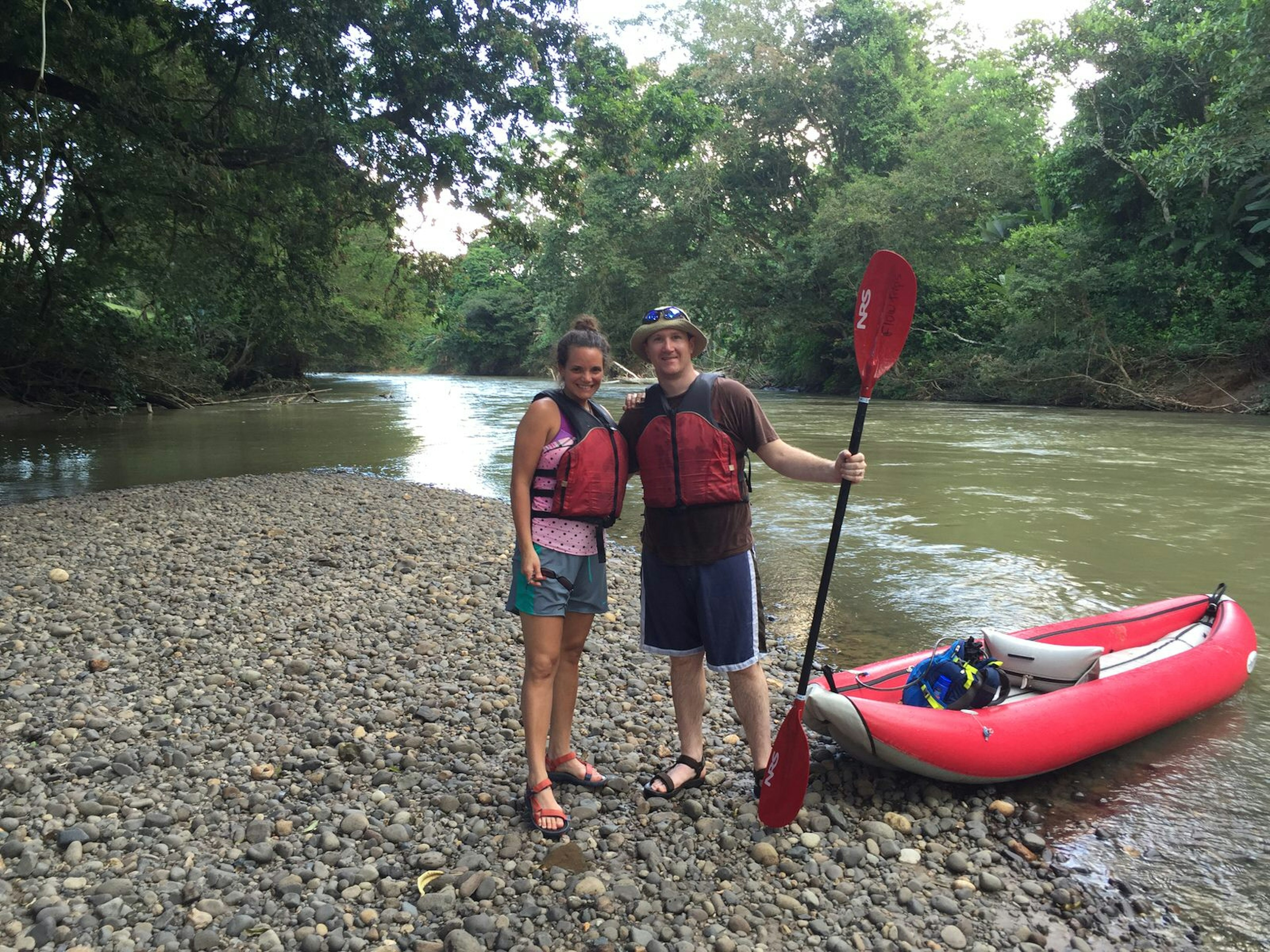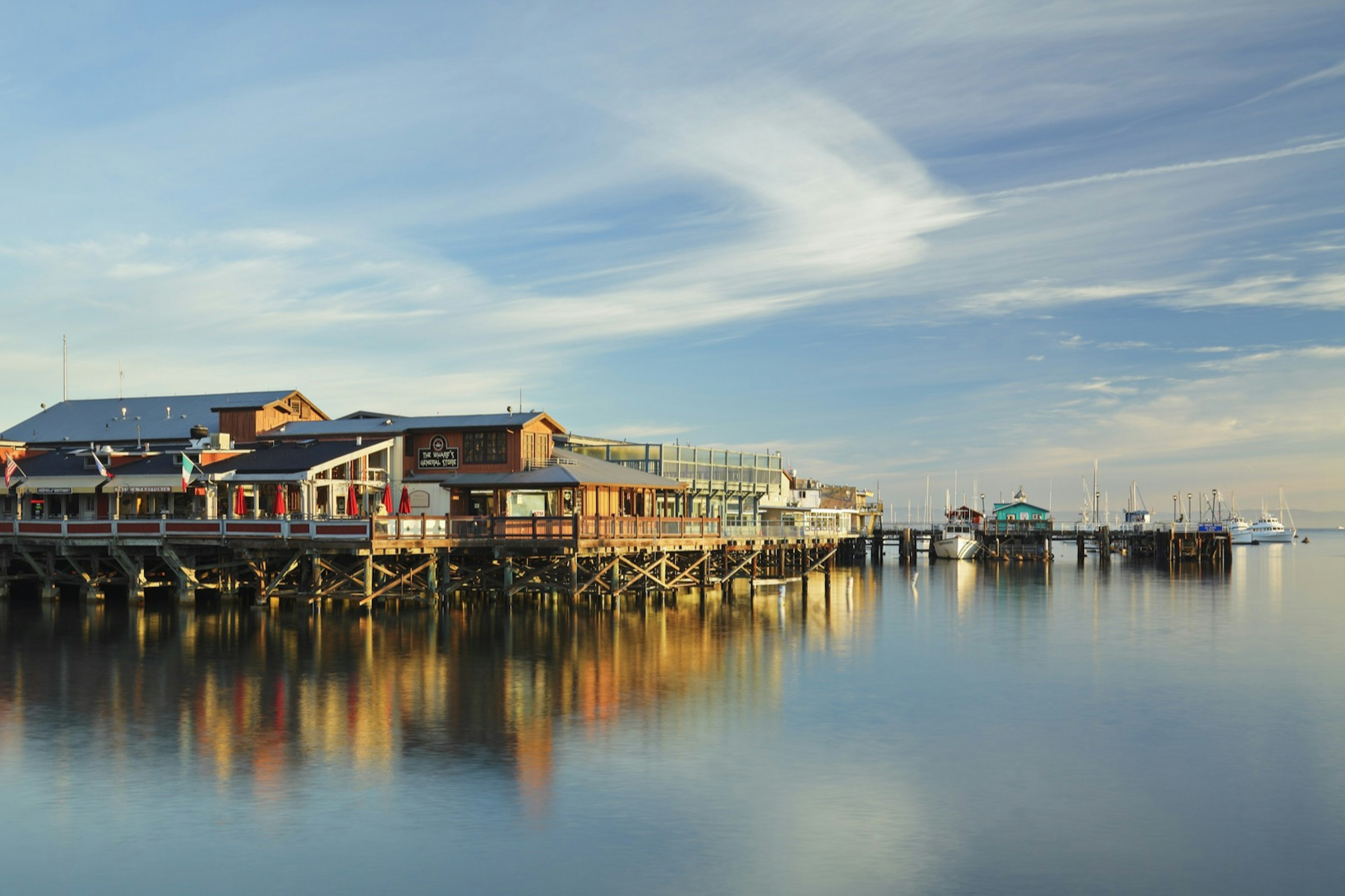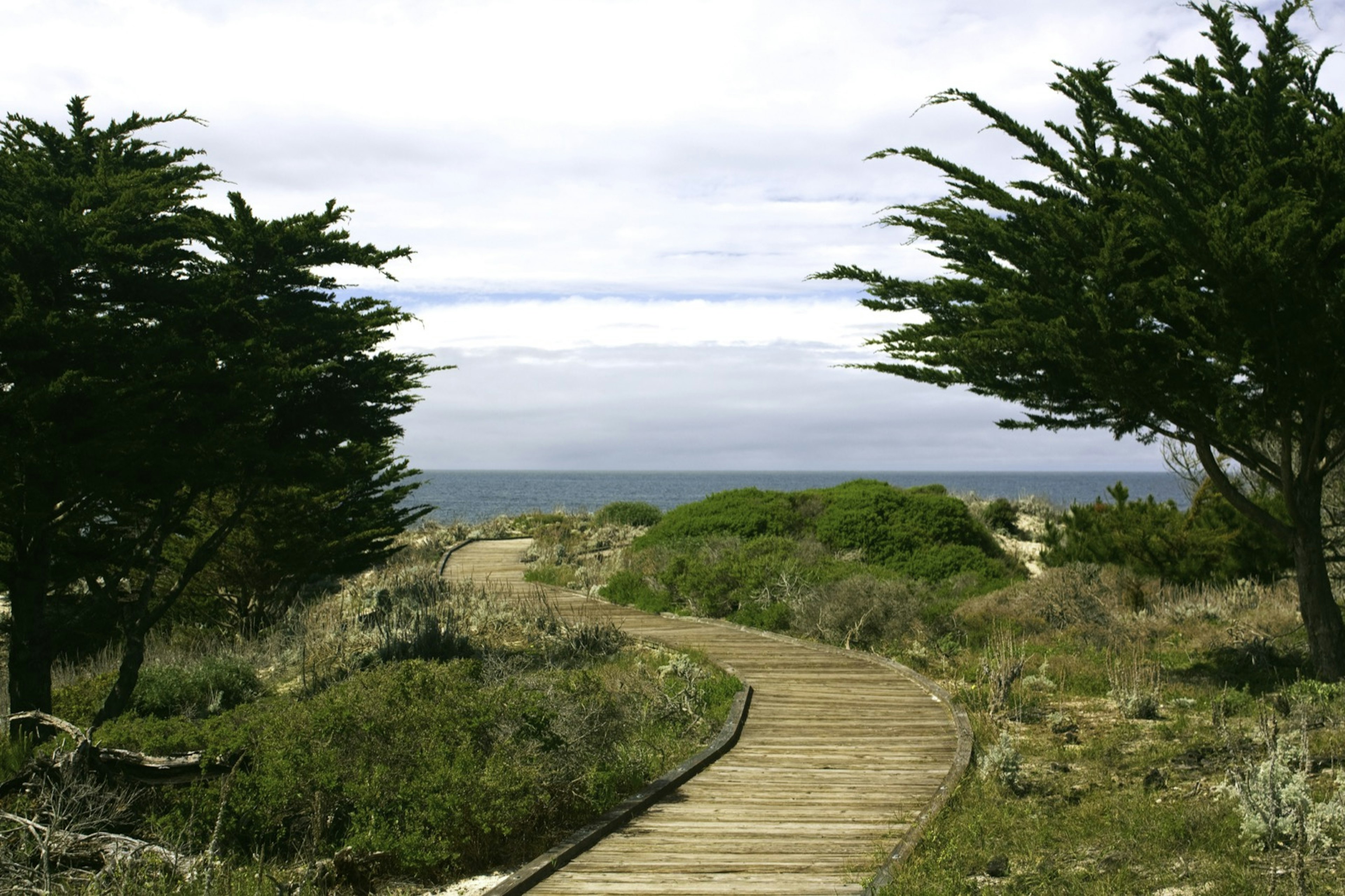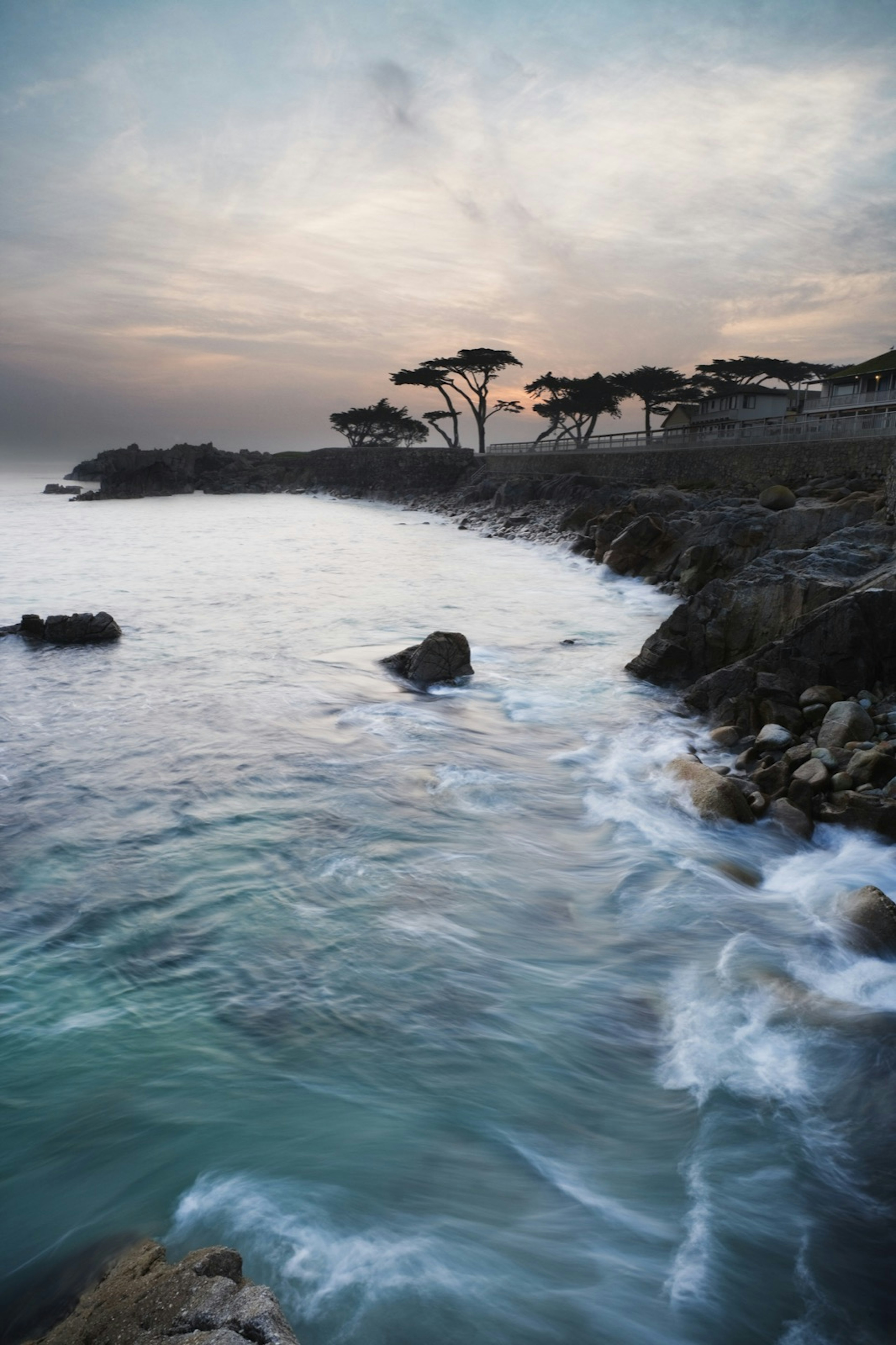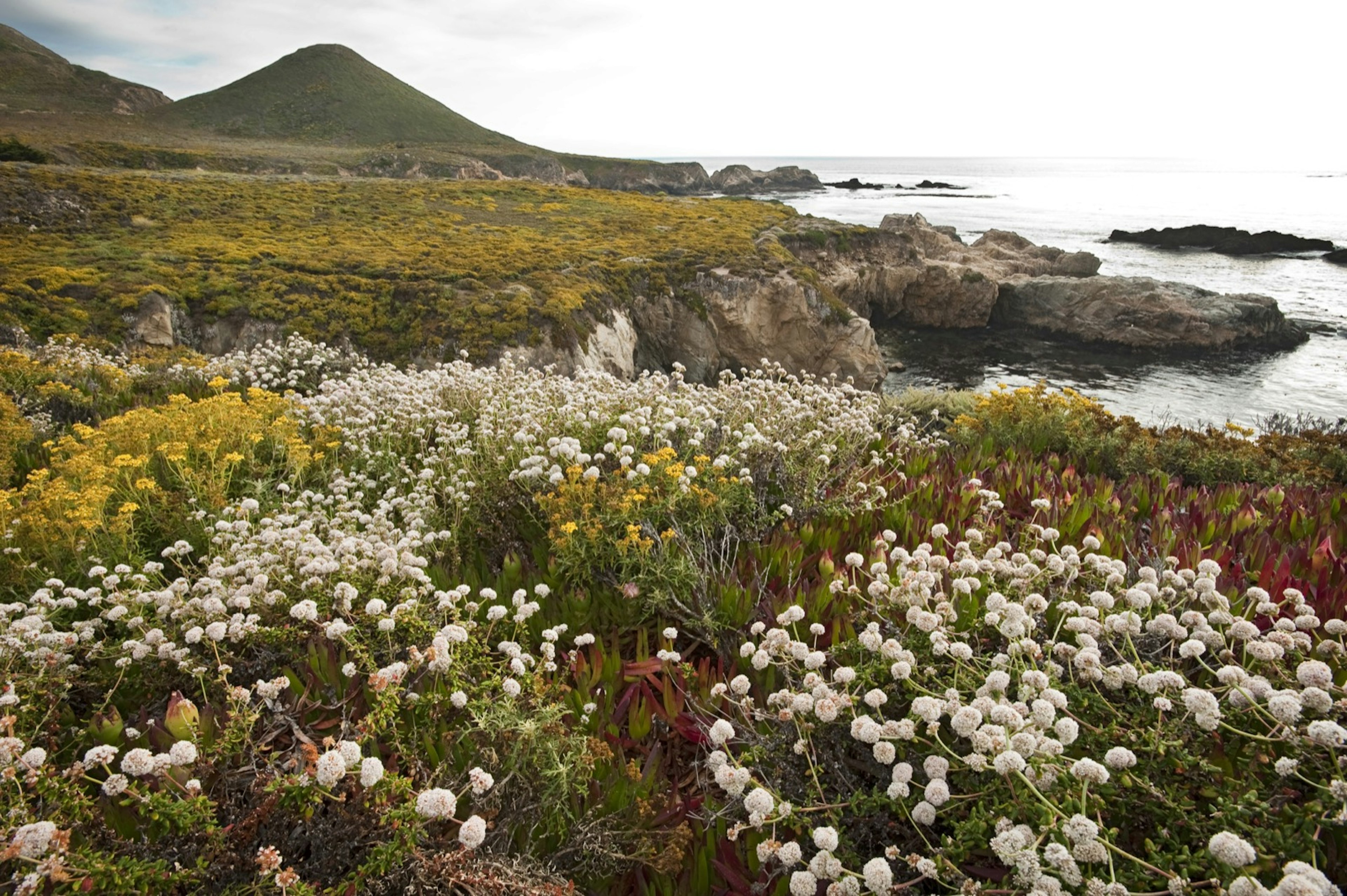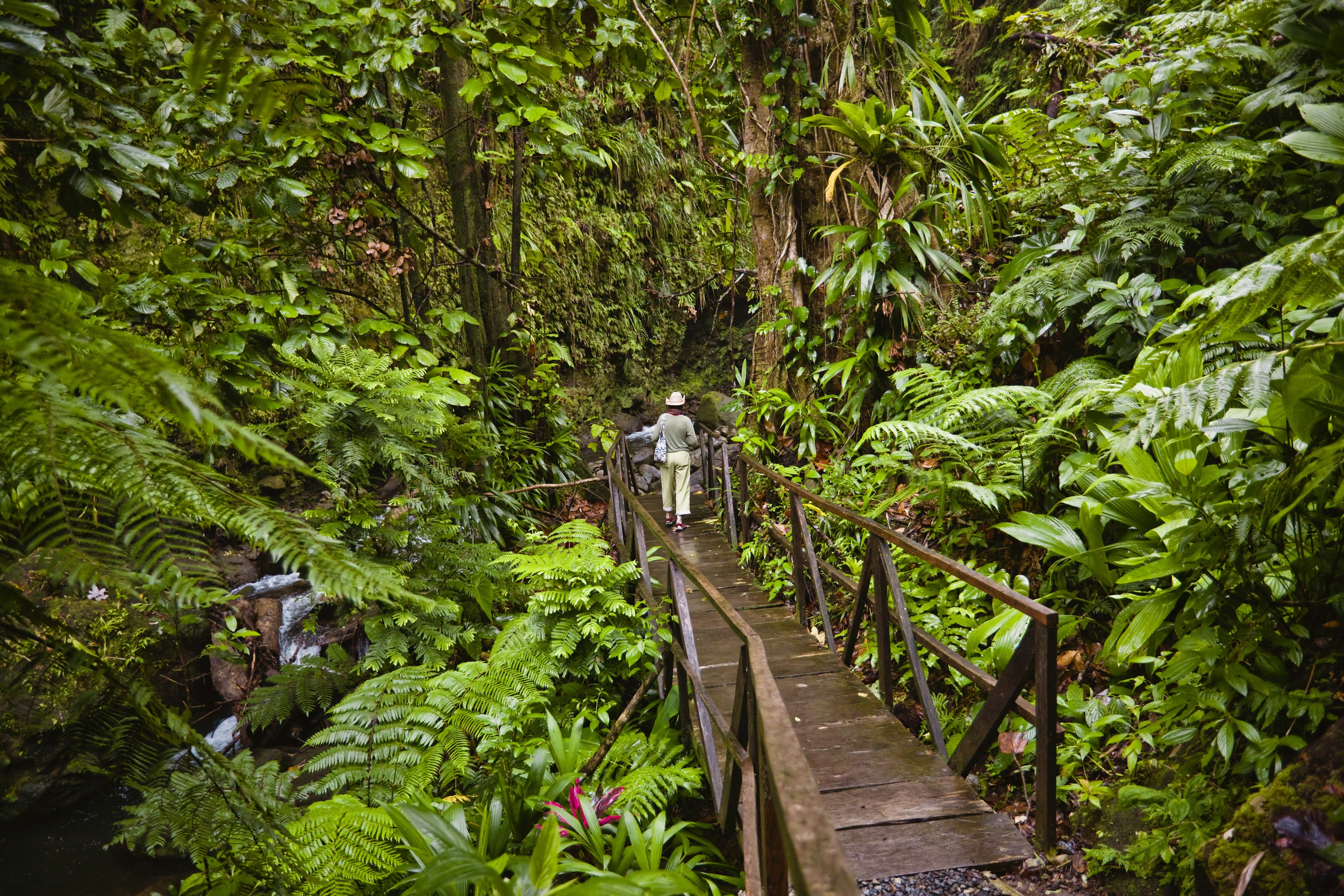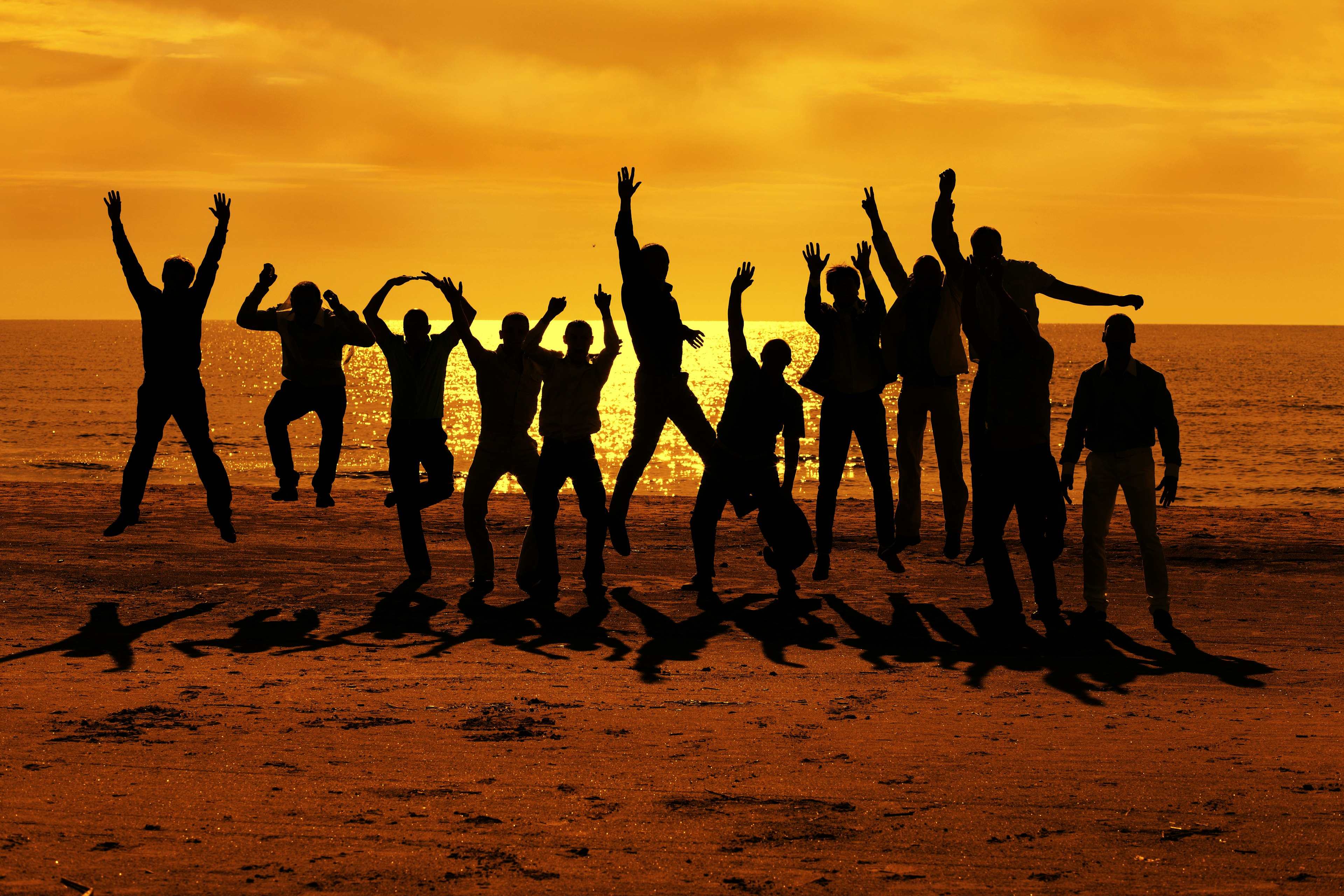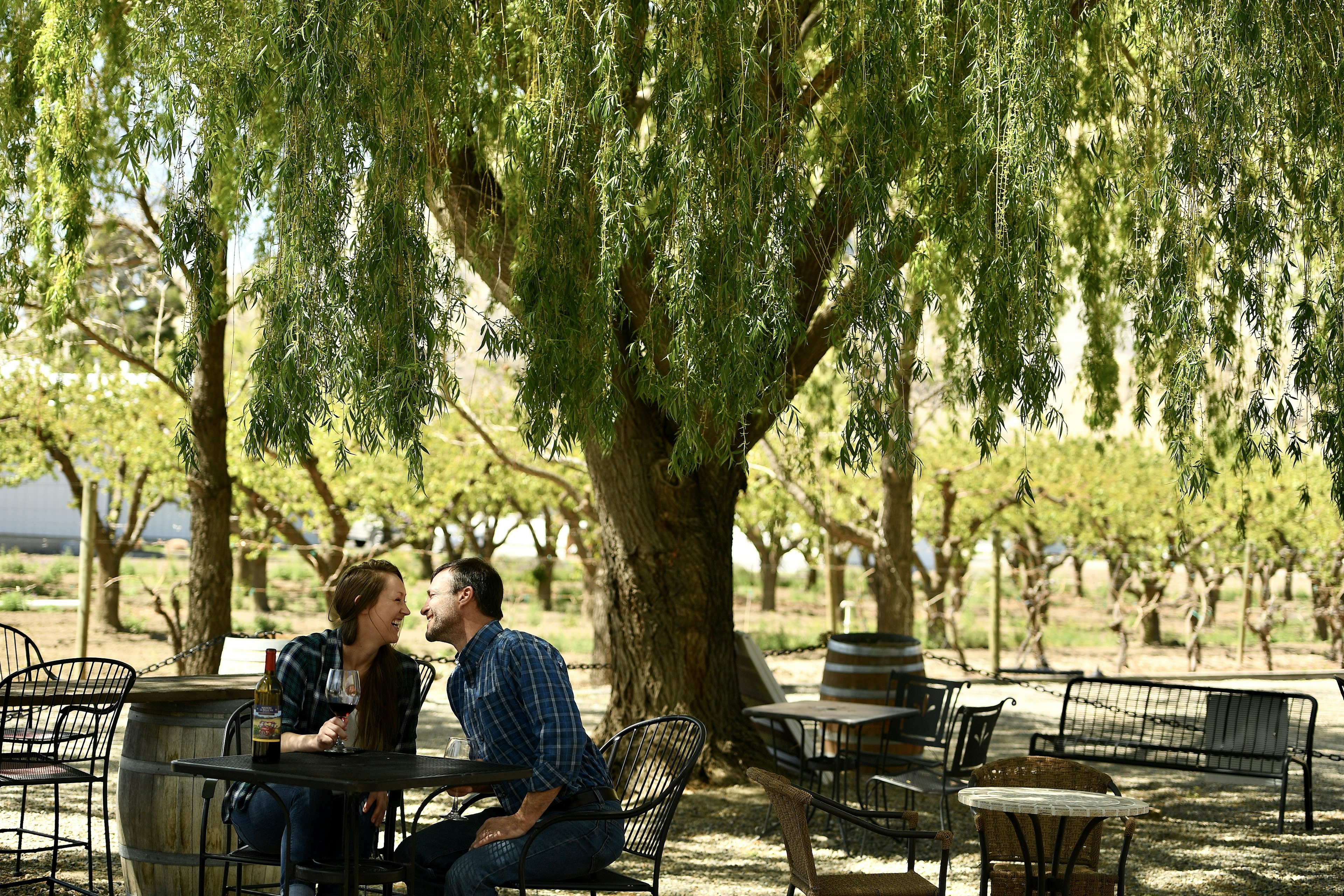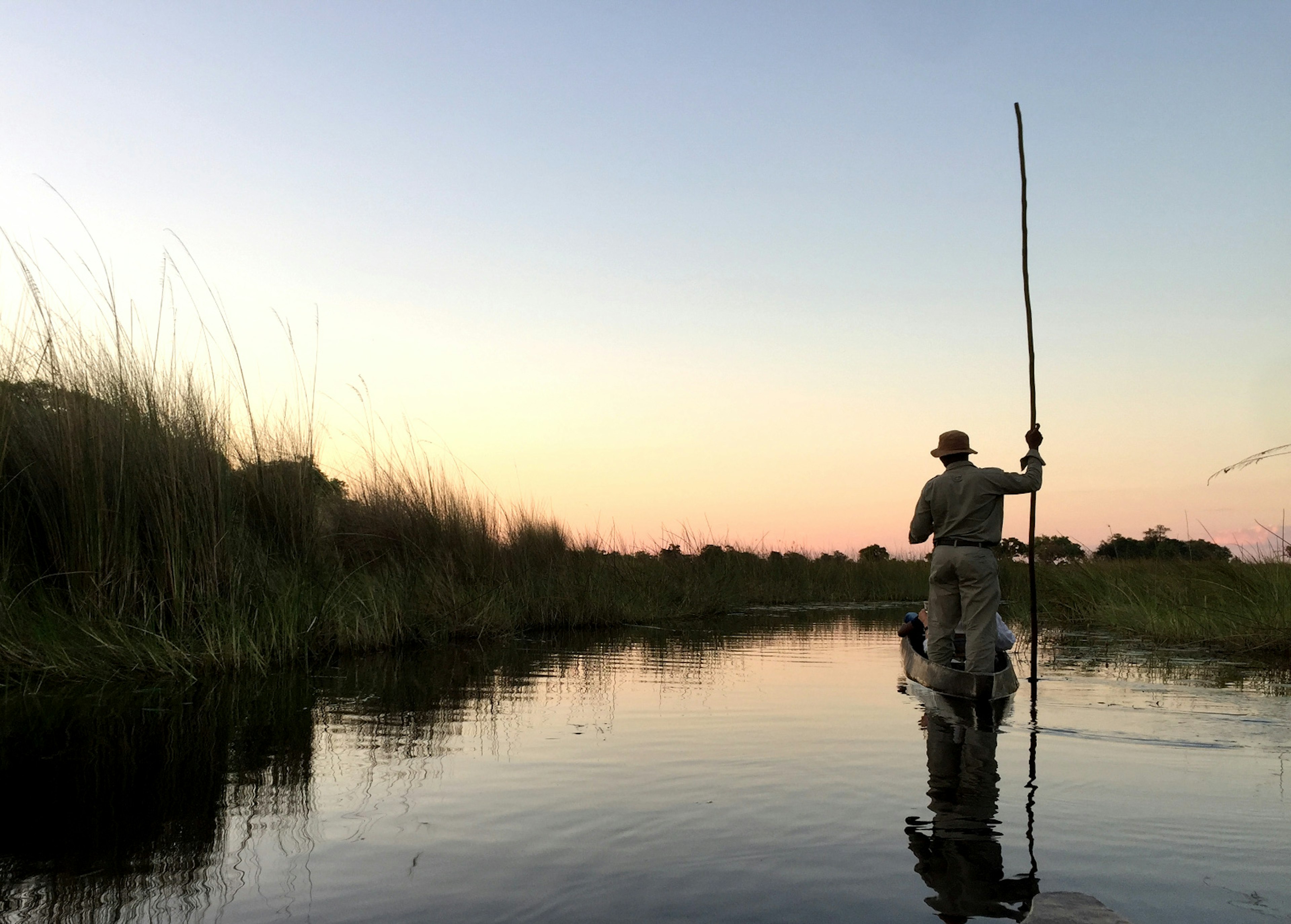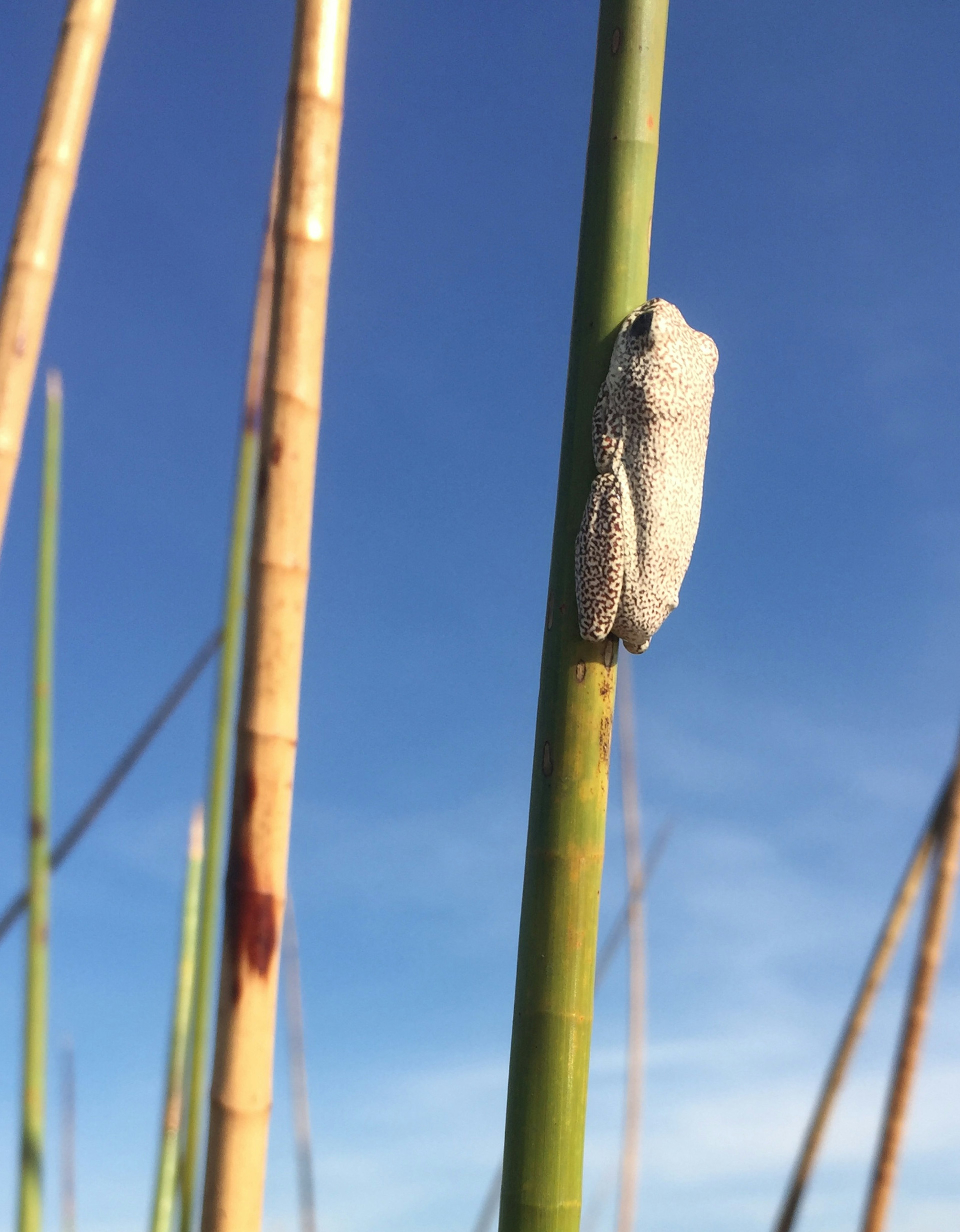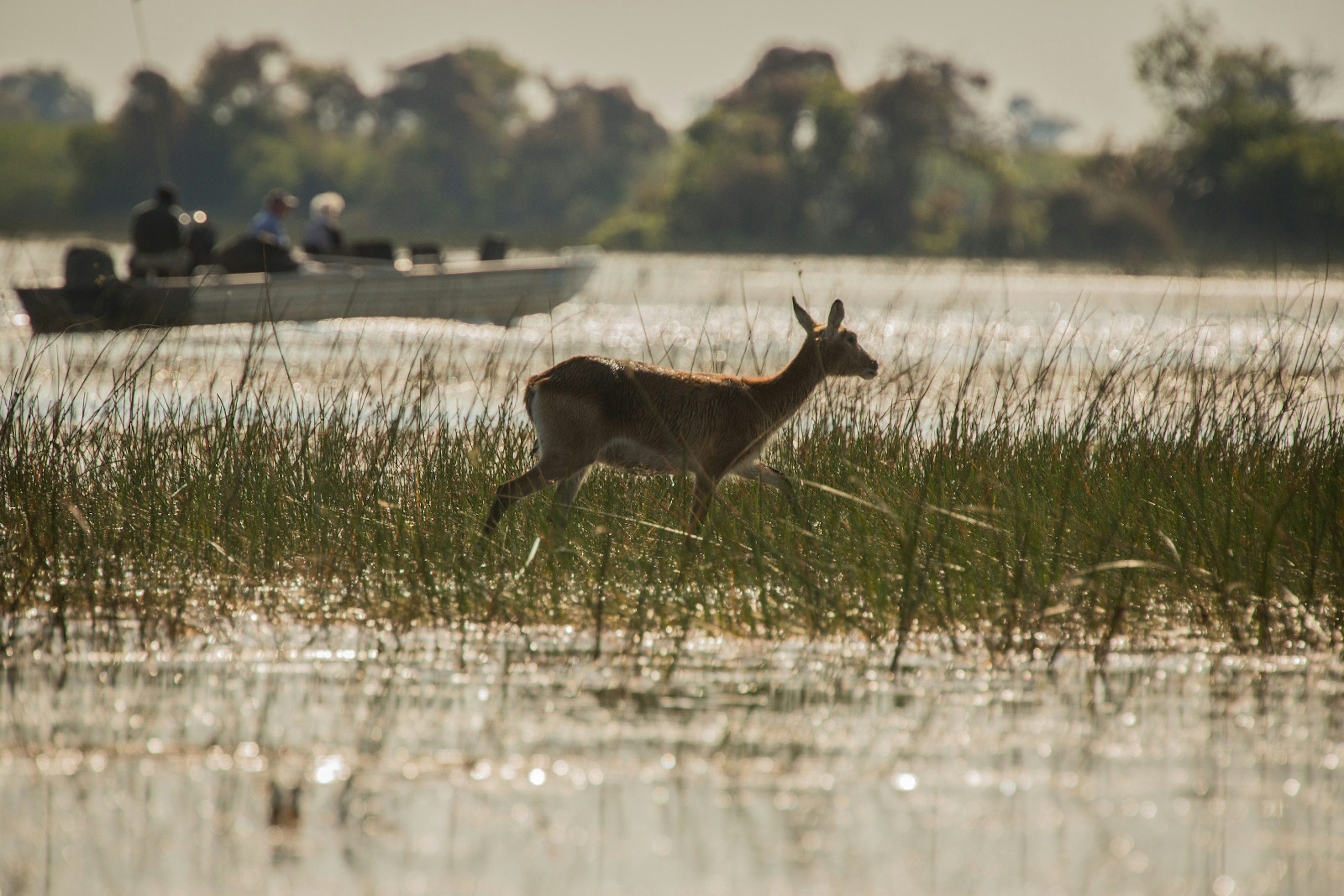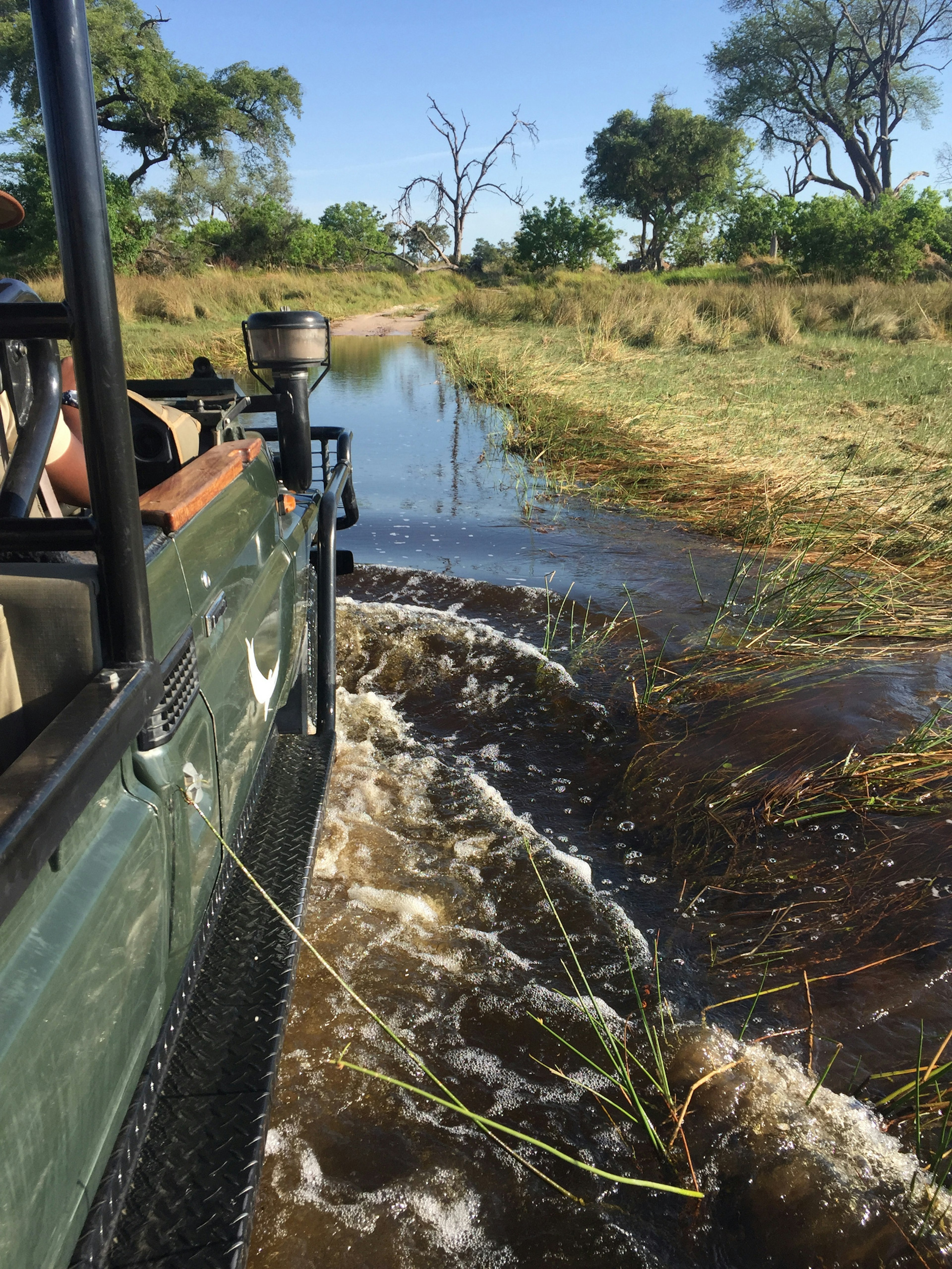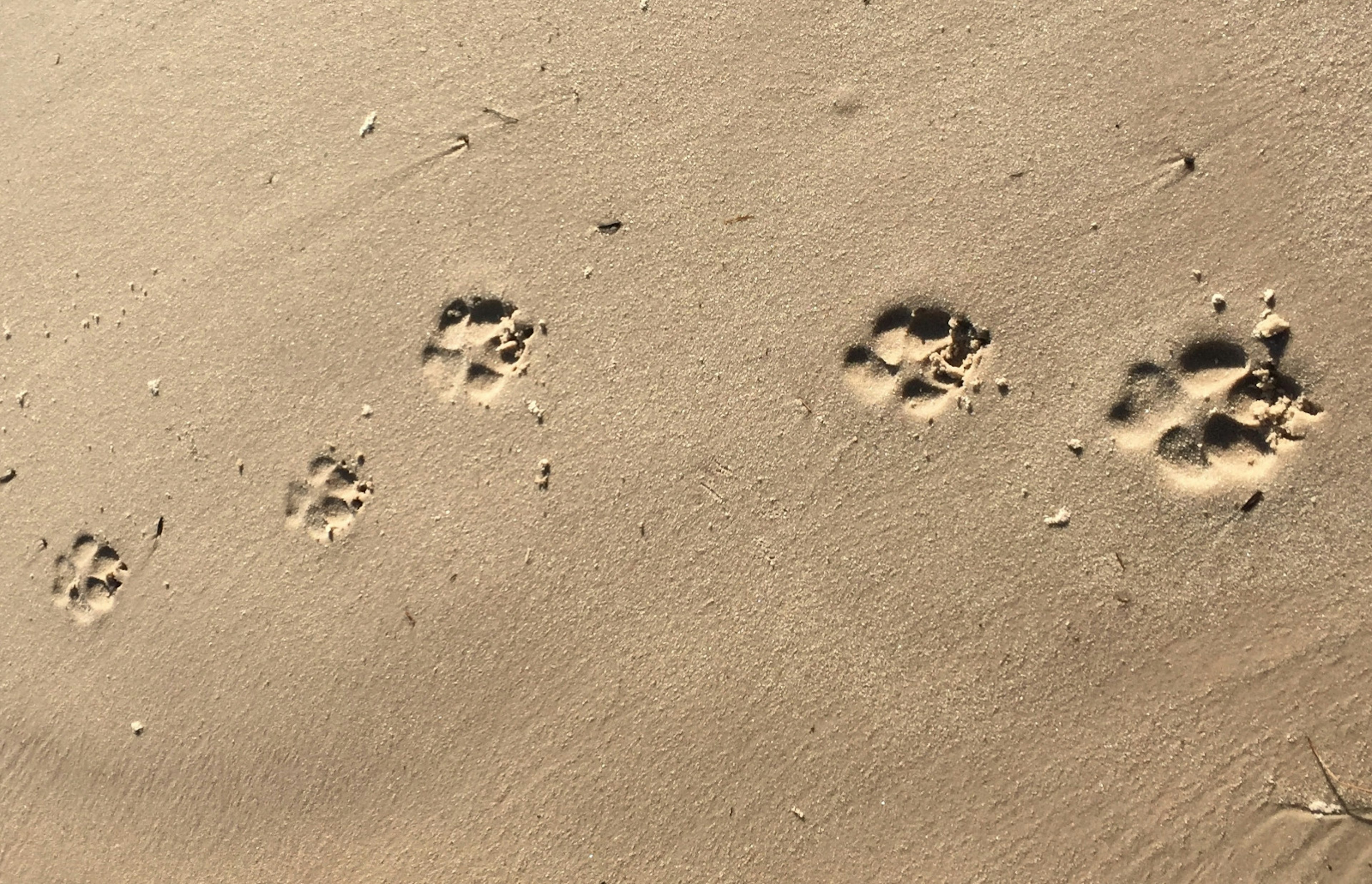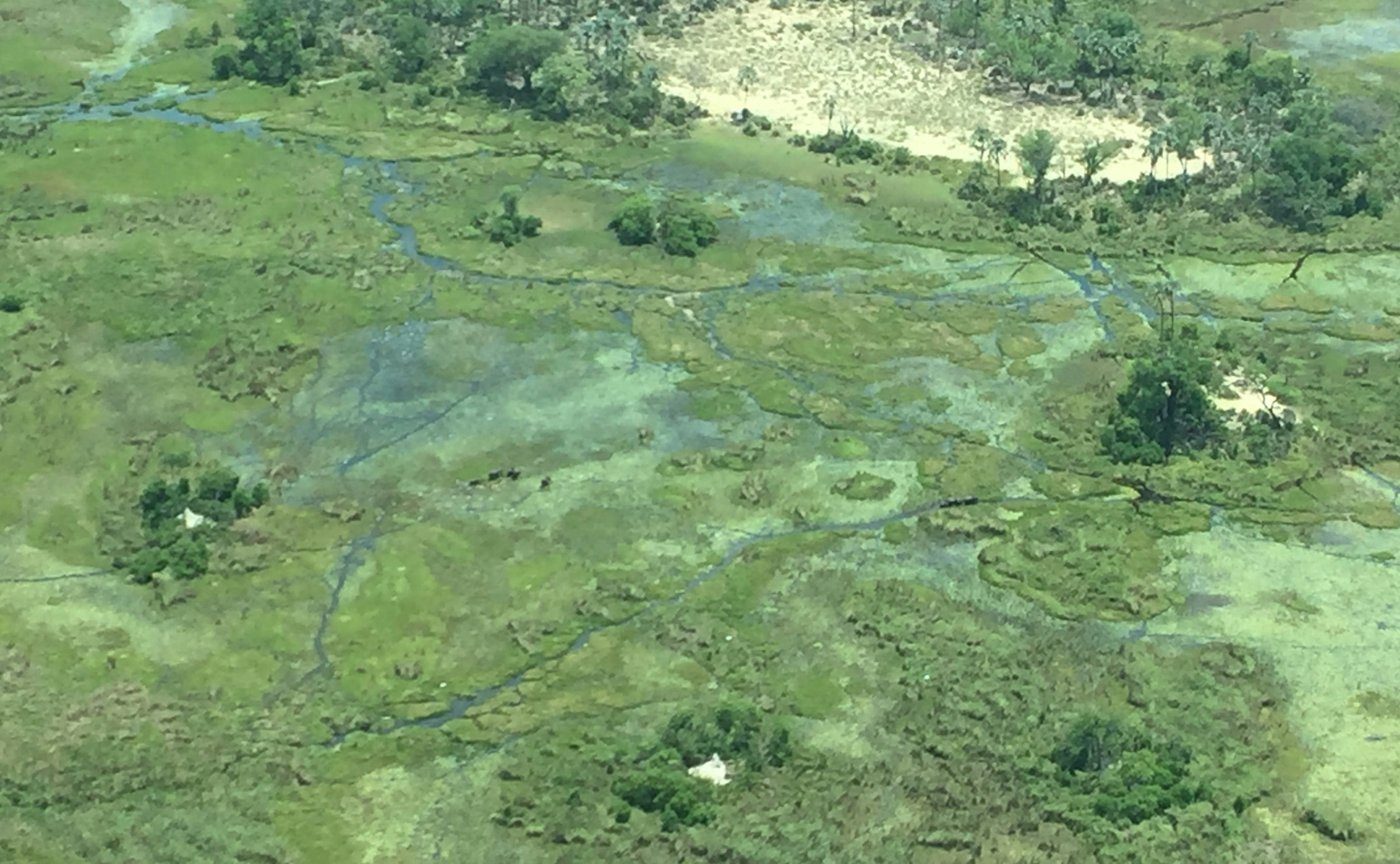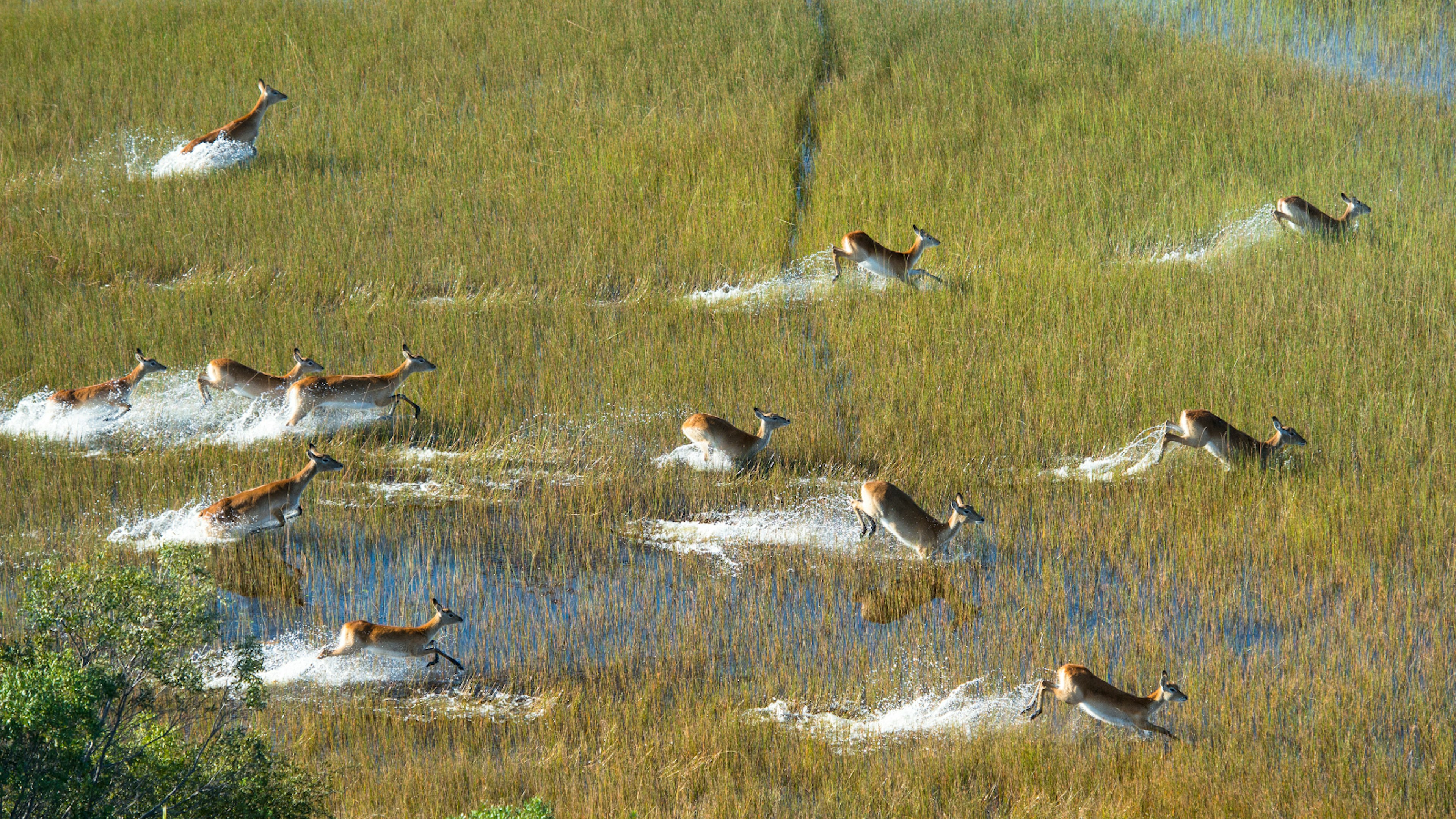Travelling as a couple can make or break a relationship – and the longer or more challenging the trip, the greater the test of your compatibility.
Could you be a match made in Havana? Are you really Seoul mates? Here are 10 ways to know if you’ve found a travel partner for life.
1. They give you the best seat on the plane
Sure, giving up a window seat will get you brownie points, but praise be for the true heroes who take one for the team and switch to the middle seat so you can snooze without fear of dribbling on a stranger’s shoulder.
2. You don’t have to be together 24/7
Joined at the hip? That’s cool, you do you. But being able to spend time apart is often a sign of longevity.
“Will is quite the adrenaline junkie and I am… not. He lets me sit and read while he jumps off cliffs. I love that there’s no pressure for us to do everything together, meaning we both get our dream holiday.” – Becky Gillard, loved up since 2012.
3. You’ve survived traveller’s tummy together
Once you’ve shared a windowless en suite after a dodgy prawn curry, you’ve reached new heights of intimacy. Still fancy each other after that? It has to be true love.

4. They’re kind to you, and to others
“Pete still brings me coffee in bed even when we’re 3000 miles from home.” – Jane Chico Mendes, who recently honeymooned in Bali with her partner of 8½ years.
It’s the little things, right? But pay heed to this classic relationship wisdom: if your guy or gal is polite, respectful and kind to others (not just to you), you know they’re worth holding on to. This is easy to assess while travelling, as you’ll encounter loads of strangers at airports, in hotels and hostels, on public transport and beyond – sometimes in stressful circumstances.
5. It’s what’s inside that counts
A hair wax or make-up free vacation is one thing, but throw in 100 mozzie bites, patchy sunburn, overnight-bus hair and and a pair of dodgy patterned baggy pants, and you’ll both be rocking an entirely different look. If the attraction endures, it could be the real deal.

6. They know when you’re hangry
When your other half can spot and stave off your impending hunger-fuelled tantrum before you even know it’s coming – feeding you snacks, keeping you hydrated and sharing their ice cream – you’ve probably found a keeper.
7. They stick around when things get tough
Arguments happen – especially on the road. The mark of a strong partnership is your ability to compromise as a couple.
“For me the destination is the journey, but my boyfriend wanted to just get straight to places and not dawdle. It sparked a few arguments, but talking about what was important to each of us when we travel was super helpful. That, and taking turns to do what we wanted to do, which balanced things out!” – Adrienne Pitts, recently returned from a New Zealand road trip with her partner of 18 months.
8. They encourage you to try new things
Nervous about that skydive? Not sure about that surf lesson? Ms or Mr Right will coax you into achieving your goals and experiencing something new but support your decision if today’s not the day. Hopefully you’ll do the same for them. Together, you’ll feel like you’re making the most of your time away, creating memories that will last a lifetime.
9. Their skills complement yours
Teamwork makes the dream work – and life can be mighty fine when you both have different strengths to bring to the table.
“My partner is amazing with directions – it’s like he has a built-in satnav. He’ll spend a plane journey looking at maps on his phone and basically memorises a whole city before we arrive. I could get lost in an empty room so he’s handy to travel with!” – Monica Stott, navigating life with her other half for 15 years.
“Due to Megan’s disability to her left hand, Whitney always deals with our heavy luggage; she puts our hand luggage up in the overhead bins and gets it off the conveyor belt at baggage. We understand each other’s strengths and weaknesses and work as a great team!” – Megan and Whitney Bacon-Evans, together for 12 years.
10. Even the boring bits are fun
Flight delays, long train journeys, queuing for that ‘must-see’ museum exhibition – whatever patience-stretching scenario you’re faced with, you know how to see the upside and keep each other entertained. Because really, it doesn’t matter where you are or what you’re doing – you’re simply happy together.
You might also like:
Pop the question at the world’s best engagement destinations
Read, stay, love: 6 trips inspired by the greatest literary romances
How to find – and survive – a holiday romance












